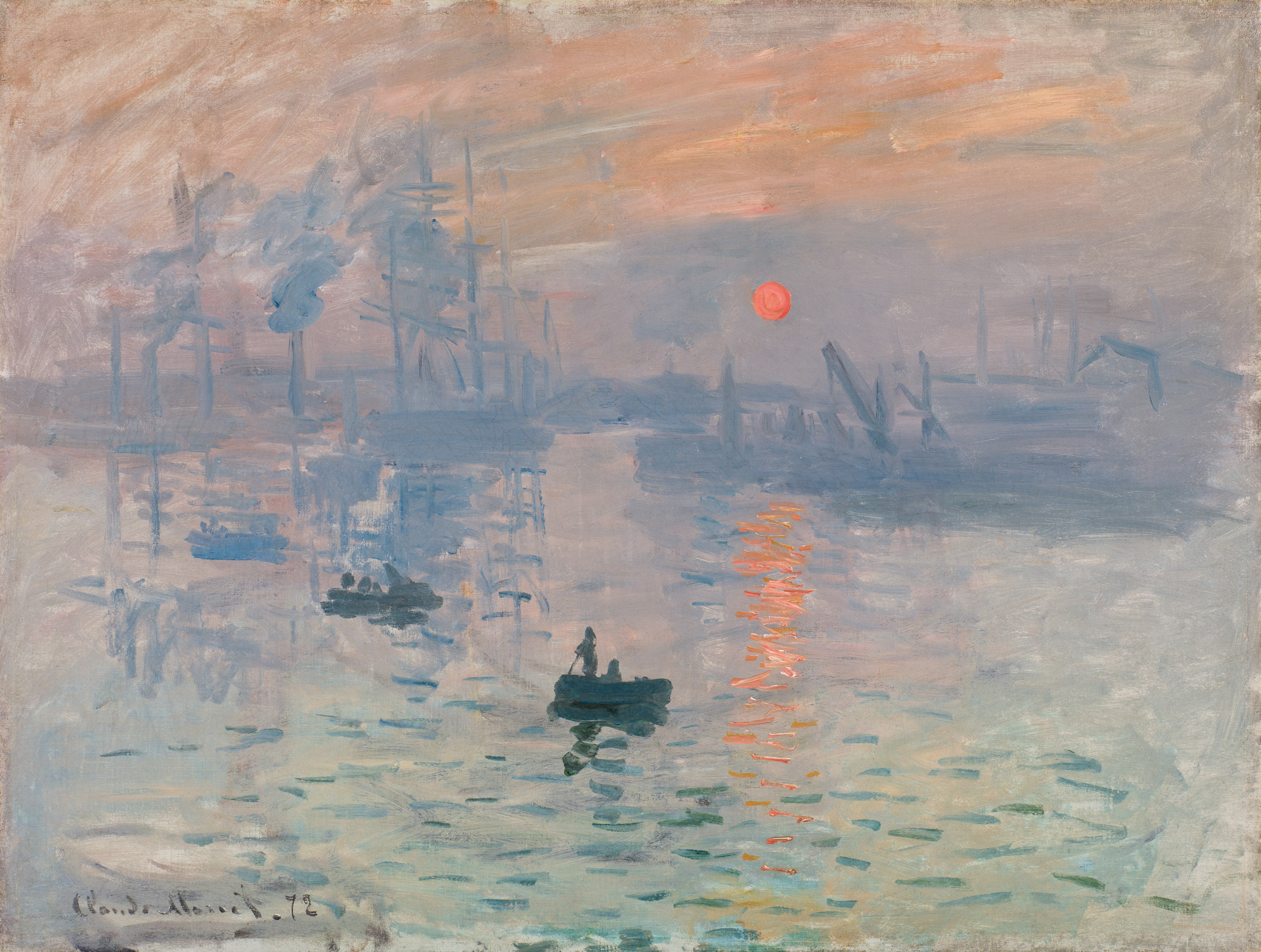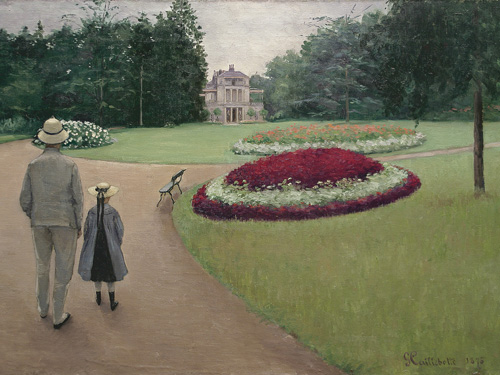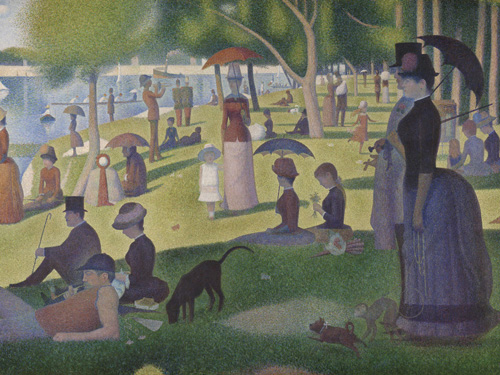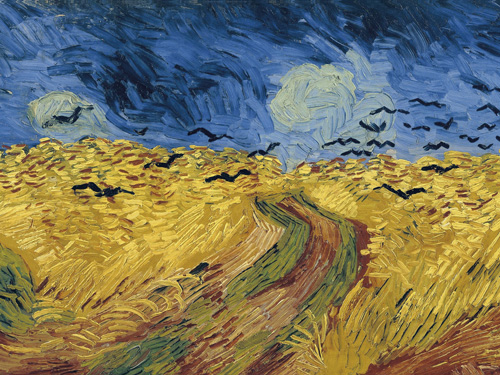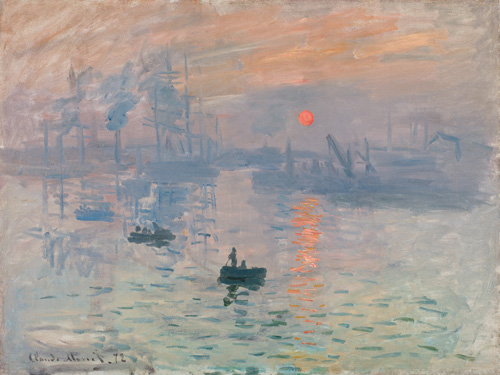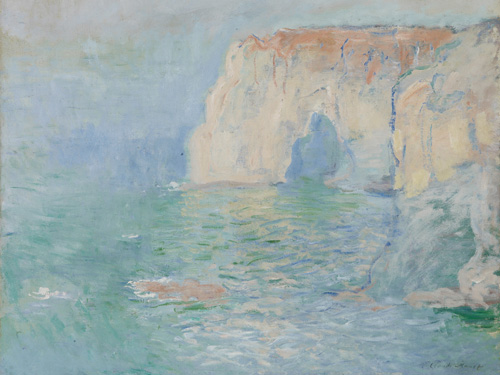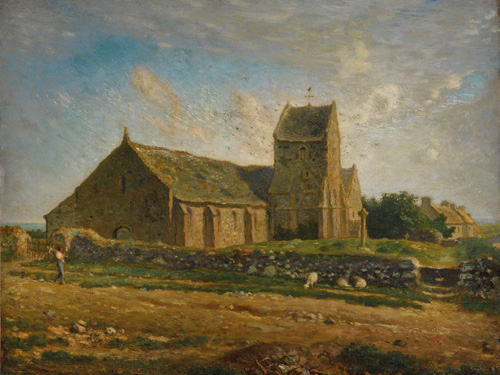To mark the 150th anniversary of Impressionism, Félicie Faizand de Maupeou, art history researcher and project leader of the Impressionism research programme at Paris Nanterre University, retraces the history of this first impressionist exhibition.
On April 15th, 1874, a groundbreaking exhibition takes centre stage
The year 2024 marks the 150th anniversary of Impressionism. Yet, what precisely are we acknowledging? A genesis? A revolution? What unfolded in 1874 that forged the endu- ring legacy of this artistic movement, now a cherished global phenomenon*?
In April 1874, a collective of young painters held an exhibition in the former studios of the photographer Nadar on Boulevard des Capucines in Paris. During this event, the critic Louis Leroy ironically dubbed this new style of painting “impressionistic”. The term was embraced by the artists themselves during seven subsequent exhibitions held between 1876 and 1886, featuring most or all of the nine initial Impressionist artists: Gustave Caillebotte, Mary Cassatt, Paul Cézanne, Edgar Degas, Claude Monet, Berthe Morisot, Camille Pissarro, Pierre-Auguste Renoir, and Alfred Sisley.
Leroy probably never imagined that his witty remark would become etched in history. Yet, how can we explain the enduring appeal and worldwide recognition of the artistic movement?
An Aesthetic Revolution
The first answer lies in the undeniable talent of these artists. Whereas painting had traditionally occurred within studios, and landscapes were regarded as a lesser genre, the Impressionists sought to depict nature as they genuinely perceived it. They rejected academic rules and standardized ideals of beauty.
Their aim was to portray the ever-changing modern world that was transforming cities, countryside, and coastlines. They endeavoured to capture their contemporaries in everyday life, at work, strolling along boulevards, dancing in riverside guinguettes on weekends, and relishing the pleasures of seaside resorts in summer.
Although each artist developed a unique painting style, their works collectively manifested a shared aesthetic pursuit: bright colours, daring compositions, a vibrant touch that accurately conveyed the spontaneity of light effects, and a rendering close to sketches.
Artists on the Move
This inclination to capture the spirit of the times motivated painters to step out of the studio and paint outdoors. Always in pursuit of new inspirations, motifs and light, Impressio- nist artists were avid travellers. They explored the French capital city and its surroundings, but also congregated in various artistic hubs along the Seine and up to the Normandy coast. Regularly roaming in the Paris Region and Normandy, and occasionally venturing into other areas, such as the South of France, they endlessly sought to capture the authenticity of landscapes and light.
Some of them explored their local surroundings like Alfred Sisley in Moret-sur-Loing, Camille Pissarro in Pontoise, or Gustave Caillebotte in Yerres. Others, like Monet continued to regularly visit the coast of Normandy.
Impressionism Across the Globe
While Impressionism was born in France and drew inspiration from its landscapes and late 19th-century culture, it is also rooted in a context of globalization and artistic internationalization. The works of the Impressionists travelled beyond French borders early in their careers, initially to London in 1870-1871 during the artists’ exile amidst the war and the Commune, then to the United States in the mid-1880s, and finally to various European capitals. Paris, the art epicentre of the time, magnetized artists from every corner of the globe.
They soaked up the impressionist vibes, encountered the new aesthetic there and brought it back to their home countries, sparking an international narrative right from the start.
Today, the vivid canvases of these prolific artists adorn museums worldwide, continuing the cultural dialogue ignited 150 years ago.
* Audit conducted by Audirep among 1830 individuals in 6 countries, from January 31st to February 21st, 2023
